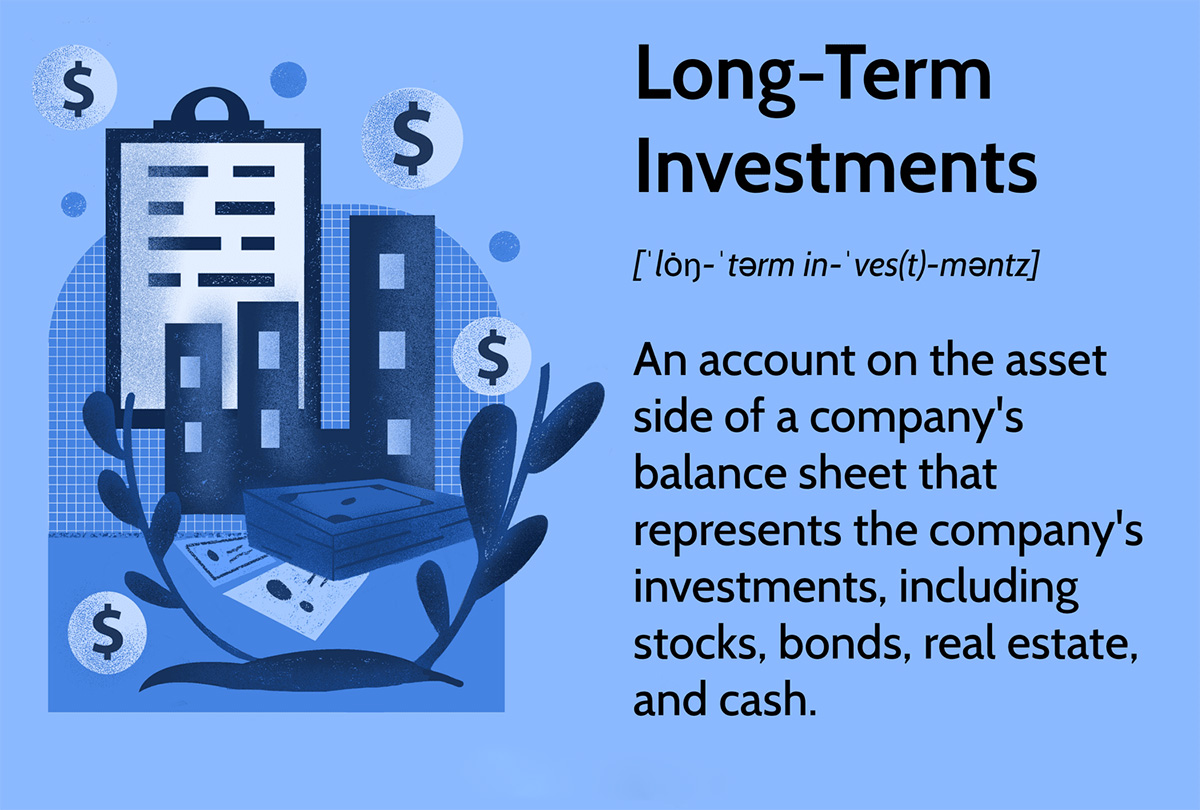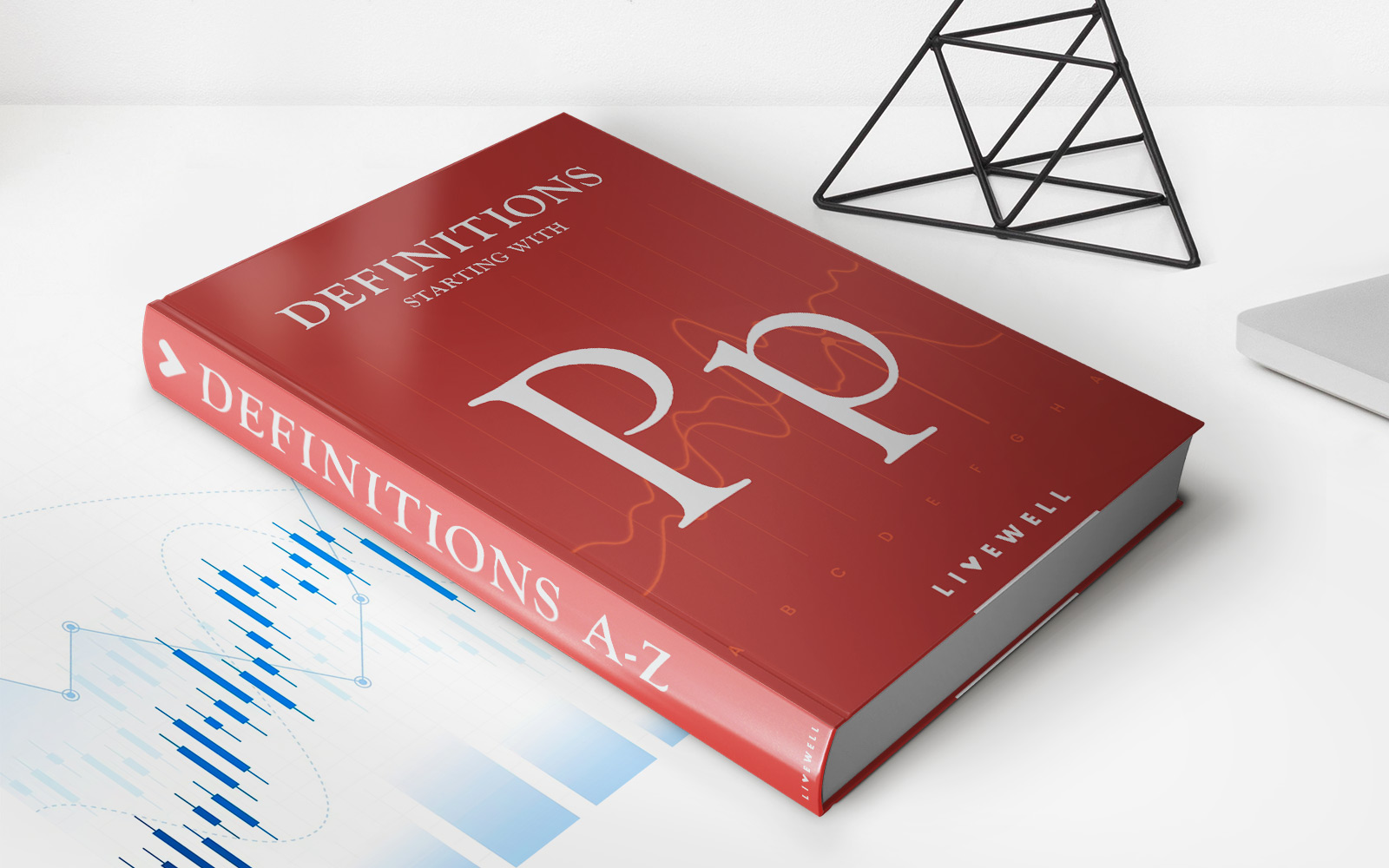

Finance
What Does P&L Mean In Finance?
Published: February 29, 2024
Discover the meaning of P&L in finance and its significance in financial statements. Learn how P&L impacts business performance and profitability. Gain insights into finance with our comprehensive guide.
(Many of the links in this article redirect to a specific reviewed product. Your purchase of these products through affiliate links helps to generate commission for LiveWell, at no extra cost. Learn more)
Table of Contents
Introduction
In the world of finance, the term "P&L" holds significant importance and is widely used in various financial contexts. P&L, which stands for "Profit and Loss," serves as a fundamental indicator of a company's financial health and performance. Understanding P&L is crucial for investors, business owners, and financial analysts as it provides valuable insights into the profitability and viability of a business.
The P&L statement, also known as the income statement, is a financial report that summarizes the revenues, costs, and expenses incurred during a specific period, typically quarterly or annually. It is a vital tool for assessing a company's ability to generate profit from its operations and is instrumental in making informed business decisions.
This article aims to delve into the intricacies of P&L in finance, shedding light on its components, significance, and how to interpret P&L statements effectively. Whether you're a seasoned investor, a budding entrepreneur, or someone keen on understanding financial statements, grasping the essence of P&L is paramount for navigating the complex terrain of finance.
Let's embark on a journey to unravel the nuances of P&L and gain a comprehensive understanding of its role in the realm of finance.
Understanding P&L
At its core, the Profit and Loss (P&L) statement is a financial document that provides a snapshot of a company’s revenues, expenses, and profits over a specific period, typically a fiscal quarter or year. It serves as a crucial barometer for evaluating a company’s financial performance and is instrumental in determining its overall profitability.
The P&L statement follows a simple yet powerful equation: Revenue – Expenses = Profit (or Loss). This fundamental formula encapsulates the essence of the P&L statement, where the revenue represents the income generated from the company’s core operations, while the expenses encompass the costs incurred in running the business.
By analyzing the P&L statement, stakeholders can gauge the company’s ability to generate profits, identify areas of excessive spending, and assess the effectiveness of its revenue-generating strategies. Moreover, the P&L statement provides a comprehensive overview of the company’s financial health, offering insights into its operational efficiency and sustainability.
Understanding the intricacies of the P&L statement empowers investors, business owners, and financial professionals to make informed decisions regarding investments, expansion plans, and strategic financial management. It serves as a compass, guiding stakeholders through the turbulent waters of the financial landscape, enabling them to navigate potential risks and capitalize on opportunities.
As we delve deeper into the components and significance of the P&L statement, we will unravel its multifaceted nature and explore how it influences critical financial decisions in the corporate world.
Components of P&L
The Profit and Loss (P&L) statement comprises several key components that collectively depict a comprehensive financial picture of a company’s operations. Understanding these components is essential for gaining insights into the factors driving a company’s profitability and financial performance.
1. Revenue: Revenue, also referred to as sales or turnover, represents the income generated from the company’s primary business activities. It encompasses proceeds from the sale of goods or services, royalties, and any other sources of income directly related to the company’s core operations.
2. Cost of Goods Sold (COGS): The COGS includes the direct costs associated with producing the goods or services sold by the company. This encompasses raw materials, labor, and manufacturing overheads. Calculating the COGS is crucial for determining the gross profit margin, a key indicator of operational efficiency.
3. Gross Profit: The gross profit is derived by subtracting the COGS from the total revenue. It reflects the profitability of the company’s core business activities before factoring in other expenses such as operating costs and taxes.
4. Operating Expenses: Operating expenses encompass the costs incurred in running the day-to-day operations of the business, including salaries, rent, utilities, marketing expenses, and administrative costs. These expenses are subtracted from the gross profit to arrive at the operating profit.
5. Operating Profit: The operating profit, also known as earnings before interest and taxes (EBIT), represents the profit generated from the company’s core operations before considering interest and taxes. It is a key metric for evaluating the efficiency of the company’s operational activities.
6. Other Income and Expenses: This category includes non-operating income, such as interest income, and non-operating expenses, such as interest payments on loans. These items are factored into the P&L statement to provide a comprehensive view of the company’s overall financial performance.
7. Net Profit (or Loss): The net profit is the final figure obtained after deducting all expenses, including taxes and interest, from the company’s total revenue. It represents the bottom-line profitability of the company and is a critical indicator of its financial success.
By dissecting these components, stakeholders can gain a holistic understanding of a company’s financial performance, identify areas for improvement, and strategize for sustainable growth and profitability.
Importance of P&L in Finance
The Profit and Loss (P&L) statement holds immense significance in the realm of finance, serving as a cornerstone for evaluating the financial performance and viability of a business. Its importance transcends traditional accounting practices, as it provides a comprehensive overview of a company’s revenue-generating capabilities and cost management strategies.
1. Performance Evaluation: The P&L statement is instrumental in assessing a company’s financial performance over a specific period. It enables stakeholders to gauge the efficiency of revenue generation, identify cost trends, and evaluate the overall profitability of the business.
2. Decision Making: For business owners and managers, the P&L statement plays a pivotal role in making informed decisions regarding resource allocation, pricing strategies, and operational improvements. It serves as a roadmap for identifying areas of strength and weakness, guiding strategic initiatives aimed at enhancing profitability.
3. Investor Confidence: Investors rely on the P&L statement to evaluate the financial health and growth potential of a company. A robust P&L statement instills confidence in investors by demonstrating the company’s ability to generate consistent profits and sustain long-term growth.
4. Financial Planning: Financial institutions and lenders use the P&L statement to assess a company’s creditworthiness and repayment capacity. It provides crucial insights into the company’s ability to service debt and manage financial obligations, influencing lending decisions and credit terms.
5. Performance Benchmarking: Comparing P&L statements across different periods allows for benchmarking performance and tracking financial progress. This facilitates the identification of trends, anomalies, and areas requiring corrective action, contributing to enhanced financial management and strategic planning.
6. Transparency and Accountability: The P&L statement promotes transparency and accountability within an organization, as it delineates the financial outcomes of business activities. It fosters a culture of financial responsibility and facilitates informed discussions regarding business performance and future prospects.
Ultimately, the P&L statement serves as a compass for navigating the complex terrain of finance, offering invaluable insights into a company’s financial dynamics and shaping critical decision-making processes. Its role in financial analysis and strategic planning underscores its significance as a fundamental tool for assessing and optimizing a company’s financial performance.
How to Interpret P&L Statements
Interpreting a Profit and Loss (P&L) statement is a critical skill for investors, business owners, and financial professionals, as it provides a comprehensive overview of a company’s financial performance. Effectively deciphering the P&L statement involves analyzing key metrics and trends to glean actionable insights and make informed decisions.
1. Assessing Revenue Trends: Start by examining the revenue trends over multiple periods to identify growth patterns or potential fluctuations. Consistent revenue growth signifies healthy business performance, while declining or stagnant revenues may warrant further investigation into the underlying causes.
2. Analyzing Cost Structures: Delve into the cost of goods sold (COGS) and operating expenses to understand the company’s cost management strategies. A high COGS relative to revenue may indicate inefficiencies in production or procurement, while escalating operating expenses could signal excessive spending.
3. Calculating Profit Margins: Evaluate the gross profit margin and operating profit margin to gauge the company’s profitability. A declining margin may indicate pricing pressures or escalating production costs, necessitating strategic adjustments to maintain profitability.
4. Identifying Non-Operating Items: Scrutinize non-operating income and expenses to discern their impact on the overall profitability. Non-operating items, such as interest income or one-time expenses, can influence the bottom-line performance and should be considered in the broader financial analysis.
5. Comparing with Industry Benchmarks: Benchmark the company’s P&L statement against industry peers to contextualize its performance. Discrepancies in key metrics can highlight competitive advantages or areas requiring improvement, offering valuable insights for strategic positioning within the market.
6. Projecting Future Performance: Use the P&L statement as a basis for forecasting future performance and devising strategic initiatives. By identifying trends and anticipating potential challenges, stakeholders can proactively plan for sustainable growth and mitigate financial risks.
7. Seeking Professional Guidance: For novice investors or individuals unfamiliar with financial statements, seeking professional guidance from accountants or financial advisors can provide invaluable support in interpreting P&L statements and leveraging the insights for informed decision-making.
By mastering the art of interpreting P&L statements, stakeholders can harness the wealth of information encapsulated in these financial documents to drive strategic decisions, optimize financial performance, and navigate the dynamic landscape of the business world.
Conclusion
The Profit and Loss (P&L) statement stands as a cornerstone of financial analysis, offering a comprehensive portrayal of a company’s revenue, expenses, and profitability. Its role in shaping critical business decisions, guiding strategic planning, and instilling investor confidence underscores its significance in the realm of finance.
By understanding the components of the P&L statement and its implications, stakeholders can gain valuable insights into a company’s financial performance, identify areas for improvement, and strategize for sustainable growth. The P&L statement serves as a compass for navigating the complex terrain of finance, offering a roadmap for evaluating performance, driving informed decisions, and fostering financial transparency and accountability within organizations.
Interpreting the P&L statement requires a keen eye for financial metrics, an understanding of industry dynamics, and the ability to discern actionable insights from the data. Whether assessing revenue trends, analyzing cost structures, or projecting future performance, the P&L statement serves as a powerful tool for informed decision-making and strategic planning.
As we navigate the intricacies of the financial landscape, the P&L statement remains a guiding light, illuminating the path to financial success and sustainability. Its multifaceted nature and profound implications underscore its role as a fundamental instrument for assessing and optimizing a company’s financial performance.
In conclusion, the P&L statement transcends its numerical values, embodying the essence of a company’s financial journey and serving as a testament to its resilience, adaptability, and potential for growth. Embracing the insights derived from the P&L statement empowers stakeholders to chart a course towards financial prosperity, leveraging data-driven strategies and informed decision-making to navigate the ever-evolving landscape of finance.














